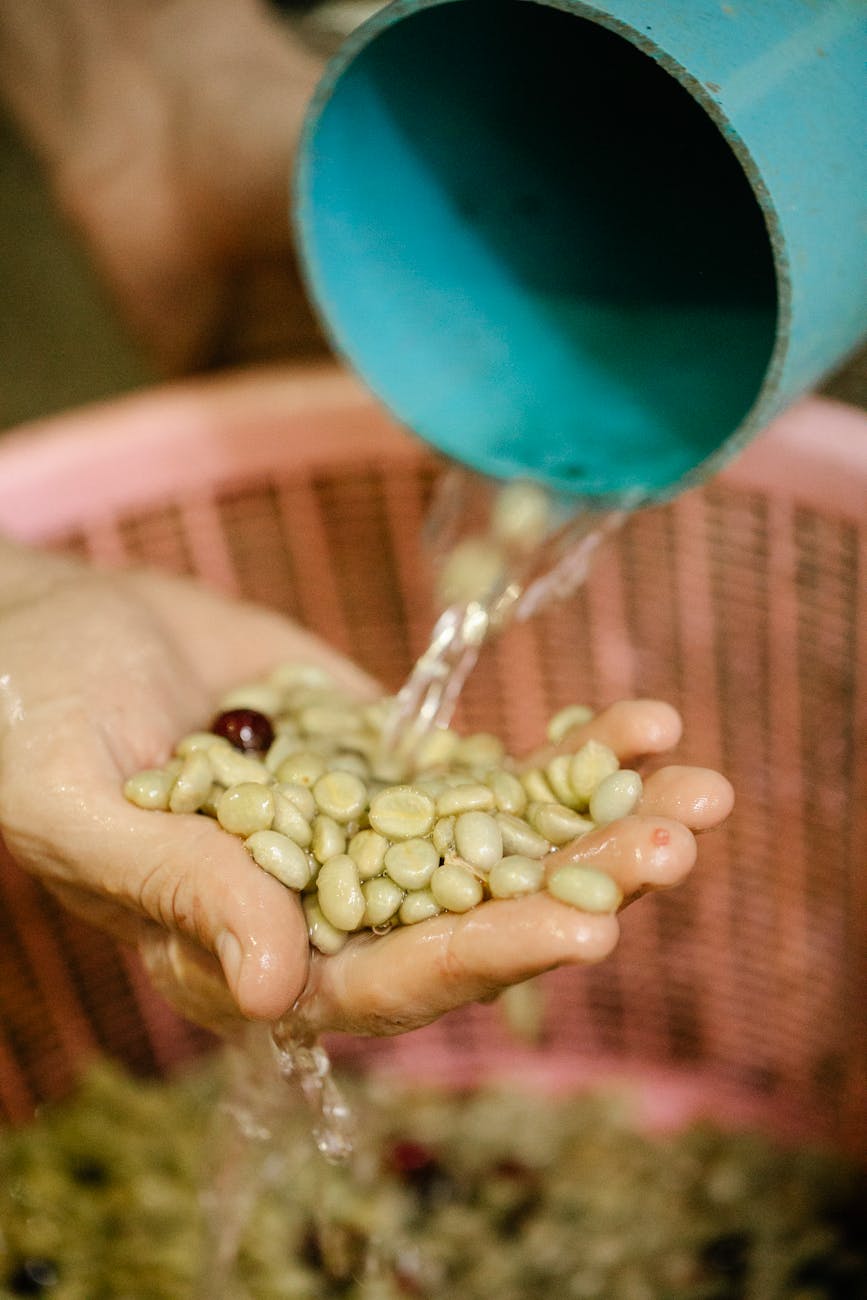Understanding Sugar Measurements
Let’s talk baking. Nailing those recipes requires spot-on measurements. Knowing how to juggle volume and weight measurements is a must if you want your goodies to impress like mom’s famous cookies. Get this down pat, and you’ll consistently whip up treats that make taste buds sing.
Exploring Volume vs. Weight Measurements
When grandma handed down her recipes filled with cups and tablespoons, she wasn’t messing around. Most folks find it simple enough to follow these familiar instructions. But sugar, our sweet friend, can throw the party when it varies in thickness. That’s why weight measurements (yes, we’re talking grams here) are your trusty sidekick. They help you get spot-on amounts every time, leaving little room for surprises.
How Many Grams in a Cup of Sugar?
Need to know how much that cup of sugar weighs? Here’s the scoop: it depends on what kind of sugar you’ve got. Different sugars bring different weights to the table. Check it out:
| Type of Sugar | Grams in 1 Cup |
|---|---|
| Granulated Sugar | 200g |
| Brown Sugar (packed) | 220g |
| Powdered Sugar | 120g |
Switching from measuring by volume to using weights ensures your baking has no hiccups. It’s all about that precision, and if you want a clear guide on turning cups into grams for different stuff, swing by our cup-to-gram conversions page.
In the kitchen, getting your measurements on point isn’t just important; it’s the secret sauce for success. Whether you’re grabbing a scoop of granulated sugar or a dusting of the powdered stuff, knowing the gram count is your golden ticket to dessert heaven.
Converting Sugar Measurements
When you’re whipping up a storm in the kitchen, nailing those measurements is the secret sauce to any great dish. One common way to keep your baking game strong is by converting sugar from cups to grams. This trick helps you hit the sweet spot every time. Let’s see how this works out so you can get your bakes perfect.
Converting Cups to Grams
Switching sugar from cups to grams may sound fancy, but trust us, it’s all about keeping things exact. Sugar comes in different styles and sizes, and each variety has its own quirks when it comes to density. Here’s a quick cheat sheet to guide you:
| Sugar Type | Cups (approx.) | Grams (approx.) |
|---|---|---|
| Granulated Sugar | 1 cup | 200g |
| Brown Sugar (packed) | 1 cup | 220g |
| Powdered Sugar | 1 cup | 120g |
Keep in mind, these numbers might shuffle around a bit depending on who makes your sugar. For those who want every crumb accounted for, check out our detailed guide on how to conquer cup-to-gram conversions at cup-to-gram conversions.
Adjusting Recipes for Accuracy
Tinkering with sugar amounts from cups to grams could be the game-changer your baking needs. This method prevents any surprise endings to your culinary efforts. To swap sugar amounts with flair:
- Start by eyeballing the amount of sugar your recipe calls for in cups.
- Match up that cup size to the gram equivalent using the chart above.
- Swap out the cup measure for the gram measure in your recipe notes.
- Double-check and tweak other ingredients if needed to keep the deliciousness balanced.
Converting sugar, cup to gram style, not only boosts your baking street cred but also turns your treats into a hit. For those hungry for more sugar smarts or expert tips on other ingredients, read up on how many grams of sugar in a cup or dig into how many grams in a cup of rice.





